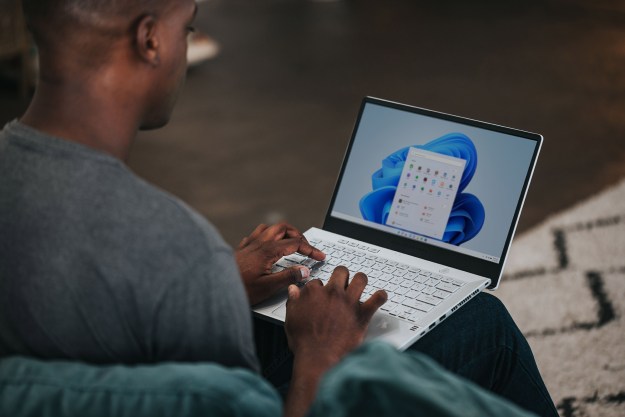
Available to both businesses and consumers, Trooly uses data that is generally publicly available to better understand an individual’s — or a company’s — personality and behavior traits. These characteristics, the company says, can be used to predict trust and safety-management applications, risk applications, customer relationship management, and more. And on the individual level, Trooly’s machine learning score claims to reflect a person’s strengths and trustworthiness — you can even look into your own score to see how you appear to others (and maybe work on cleaning things up, should it be necessary).
“In business as in life, trust is the cornerstone of all relationships,” said Savi Baveja, co-founder and CEO of Trooly. “But how do we know if someone is worthy of our trust? We need new mechanisms to make faster, more informed decisions. Trooly’s Instant Trust rating uses machine learning to deliver rich insight quickly based on billions of public and permissible data sources — moving well beyond old-school background checks, credit scores and risk management tools.”
The company suggests that its product can be used in everything from peer-to-peer marketplaces looking to screen potential users, to financial institutions that need to verify customer identity, to recruiters who want more insights into a potential new hire.
“Trooly has built an impressive service that demonstrates the full potential of machine learning,” said Ajay Agarwal, managing director of Bain Capital Ventures, which contributed to Trooly’s $10 million Series A funding round. “They’re not simply using data to automate an existing process. They’re addressing an entirely new need — one that’s particularly critical for today’s financial institutions and peer-to-peer marketplaces. We’re excited to help Savi and team grow the business.”
Editors' Recommendations
- Staggering implications: Smartphones may soon use our gait to see if we’re drunk
- Yakuza director thinks PS5’s evolution will focus on A.I. and machine learning


